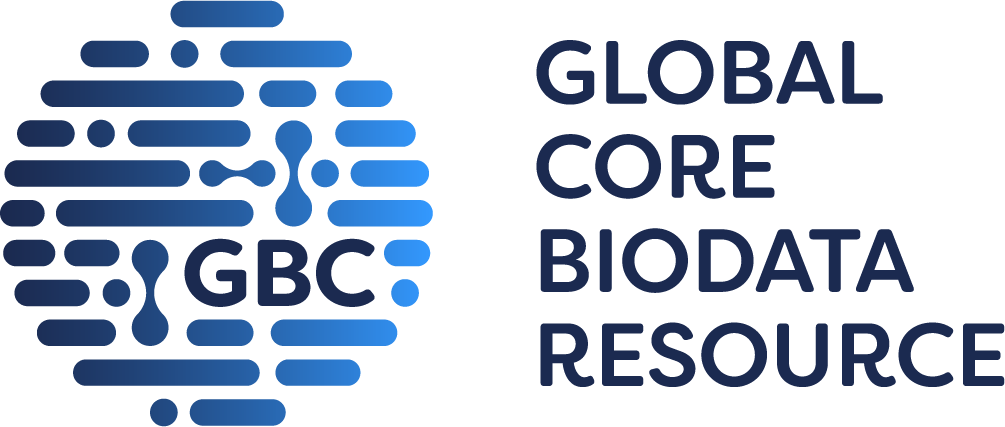 Diseases and/or Diagnostics which are related to enzyme classes
Diseases and/or Diagnostics which are related to enzyme classes
Please choose one of the four different Confidence Levels:
Confidence Level 1: Precision > 75%, Accuracy > 70%
Confidence Level 2: Precision > 77%, Accuracy > 70%
Confidence Level 3: Precision > 85%, Accuracy > 80%
Confidence Level 4: Precision > 95%, Accuracy > 80%
DRENDA (Disease Related ENzyme information DAtabase) [1]
DRENDA is a new supplement to BRENDA providing disease-related enzyme information on the absence or malfunction of enzymes which have a major influence on the metabolism, regulation, and immunity etc. causing severe diseases. The development of DRENDA focuses on the automatic search of enzyme-disease relations from titles and abstracts of the PubMed database [2] and its classification. This approach is based on a text-mining method, supported by:
- BRENDA vocabularies (~100 000 items)
- EC numbers
- Enzyme names (including synonyms)
- MeSH terms for diseases and metabolic diorders from the NCBI database (~23 500 terms)
This approach resulted in 0.9 million enzyme-disease combinations extracted from the literature. Further on the enzyme-disease relations are classified into four categories using machine learning methods via Support Vector Machines [3]:
- causal interaction: if the absence or the malfuction of an enzyme causes a disease
- therapeutic application: the therapeutic usage of an enzyme as drug target or therapeutic agent is described
- diagnostic usage: the enzyme is used for a diagnostic approach/analysis tests or the malfunction of an enzyme is detected to diagnose a disease
- ongoing research: the research about the enzyme-disease relation is still in progress
Enzyme-disease relationships and their classification in BRENDA [1]





